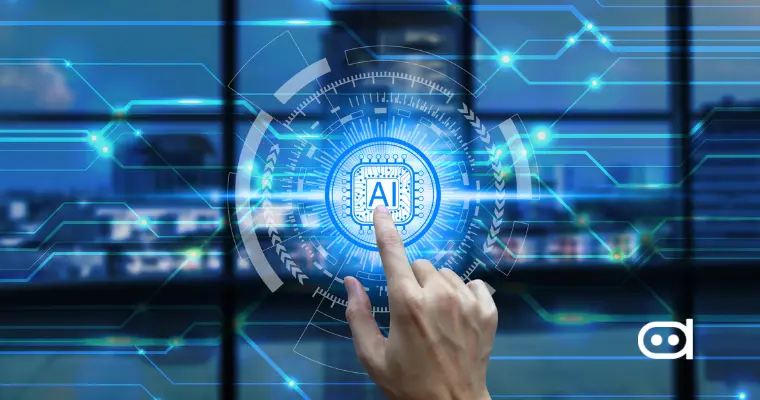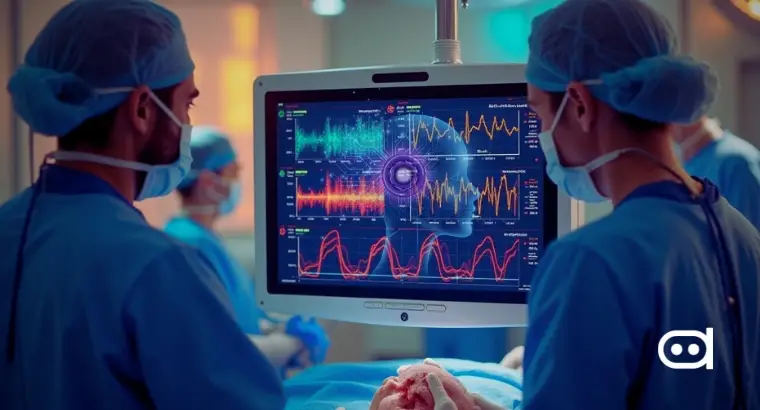
The pace at which AI is transforming is beginning to cause a shake-up within industries such as that of data analysts. AI systems are capable of automating intricate techniques, pattern recognition, and delivering meaningful recommendations. A pertinent question has emerged from this development – will data analysts be replaced by AI? AI provides a great capability to analyze data; however, such a tool is limited, and human intervention is significantly required.
The Current Role of Data Analysts
Data analysts play a central role in business environments. They collect data for organizations, clean, organize, and enhance it to conduct statistical analysis for business decision-making. Data analysts utilize business intelligence tools such as Excel, SQL, Tableau, and Python to transform raw data into decision-specific narratives that stakeholders can understand.
Human expertise is necessary in data analysis. While these AI tools can process large quantities of data, analysts add value by asking questions, framing the data in the context of the situation, and driving ethical factors. For instance, a healthcare analyst may find a trend in patient outcomes, whereas one in retail may analyze customer buying patterns to drive efficiency across the supply chain.
Various sectors, including finance, marketing, healthcare, and technology, rely on data analysts for decision-making. In finance, they assess risk and project market trends. Marketing uses them to evaluate the success of campaigns and customer segmentation. The insight generated by talented data analysts across sectors has a direct influence on the performance of companies.
Capabilities of AI in Data Analysis
The real potential of AI lies in its capacity to process large datasets quickly and accurately. Here are some capabilities of AI in data analysis:
- Machine Learning: ML algorithms can find patterns and predict outcomes based on past data. For instance, they detect fraud and make recommendations.
- Natural Language Processing: NLP enables machines to understand and interpret human language, allowing them to evaluate unstructured text data such as social media posts, customer reviews, and support tickets.
- Automated Data Visualization: AI uses tools like Tableau and Power BI to visualize data so users can see trends and anomalies.
- Predictive Analytics: AI systems analyze historical data to forecast future trends. For example, AI forecasts sales performance and equipment failures in manufacturing.
Limitations of AI in Data Analysis
AI, no matter how smart and powerful, has limitations that prevent it from addressing all needs.
- Lack of Contextual Understanding: AI struggles to comprehend the broader context and interpret the data. These systems just follow pre-defined rules and never learn from changing business scenarios until a human intervenes.
- Algorithm Bias: When algorithms are based only on raw data, they might be highly biased, as bad data produces poor results.
- Ethical Decision Making: AI cannot reason ethically, thus monitoring this process is critical. Industries with sensitive data, like pharma and banking, cannot use AI processing without human supervision.
- Dependence on Quality Data: High-quality datasets in well-structured formats are required for optimal running. Data analysts spend a significant amount of time manually cleaning datasets, something AI cannot accomplish efficiently on its own.
Human-AI Collaboration
It is more productive to consider AI as a collaborator rather than a competitor. AI can help data analysts by automating routine operations, speeding up processing time, and identifying trends that humans may not notice.
AI analytics tools enhance business accuracy and performance, aiding humans to do better and be more efficient. For instance, Alteryx and Tableau analytics platforms employ machine learning to automatically present data insights. However, this interpretation is provided by a human analyst and presented in an engaging business narrative.
Collaboration tools are becoming increasingly popular. For instance, augmented analytics integrates AI capabilities into standard analytic workflows. Therefore, when human intuition is combined with AI computation, it is possible to obtain more accurate insights and a greater impact.
Future Trends: Will Data Analysts Be Replaced by AI?
As data analyst AI tools advance, routine, entry-level data analyst jobs may be replaced. Junior analysts, for instance, who mostly sort and reorganize data, may have their jobs taken over by AI. In this scenario, however, it is unlikely to completely replace the role of data analysts, particularly in areas requiring critical thinking, creativity, and ethical oversight. The best AI data analytics tools for data analysis will enhance these professions instead of replacing them.
E-commerce and digital marketing are the leading industries to use AI for data analysis, customer segmentation, sentiment analysis, and dynamic pricing. Healthcare and public policy, on the other hand, continue to rely largely on human expertise due to their complexities, including ethical and contextual issues.
The role of the AI data analyst is evolving toward becoming a “data strategist.” These individuals are responsible for developing data-driven strategies, recognizing business needs, and ensuring that AI tools are used effectively and ethically. With this transition, analysts can stay indispensable in the age of AI.
As per our verdict simple answer to the bove question is “No” AI will not replace data analysts, but it will certainly reshape their roles in the future. AI tools may automate repetitive tasks and find hidden patterns across large datasets; however, their logical capabilities, ethical judgment, and creative flair have no corresponding match to human analysts. Collaboration might be the future.
With highly AI-driven data analysis, the role of the data analyst will shift more toward becoming a strategic decision-maker and a storyteller. Data analysts will adapt and embrace AI as a tool rather than a threat in the shifting world of data analytics, allowing them to prosper.









